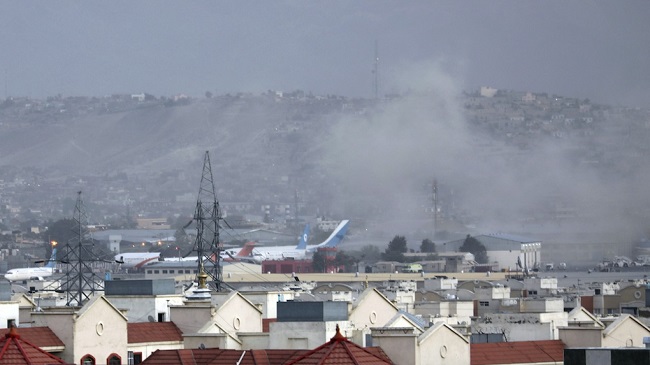The research, which used findings from more than 29 million people, found there is still a risk after having the jab – but it is “considerably higher” in someone who has the virus.
A coronavirus infection presents a much higher risk of developing a blood clot than a first dose of either the AstraZeneca or the Pfizer jab, a study has found. The research used findings from more than 29 million people who were vaccinated with first doses of either jab. The study showed although there was an increased risk of having a blood clot after having the first doses of either vaccine, it was much greater in someone who had tested positive for COVID-19. The researchers are fully independent from the University of Oxford team that worked with AstraZeneca to develop that particular vaccine. Fears over blood clots have led to the restricted use of the Oxford-AstraZeneca vaccine in a number of countries. The researchers, writing in the British Medical Journal, found for short time intervals after the first does there are increased risks of some blood, or blood-vessel, related events leading to hospitalisation or death. However, they also wrote that that the risk of these adverse events is substantially higher and for a longer period of time, following infection from coronavirus.
